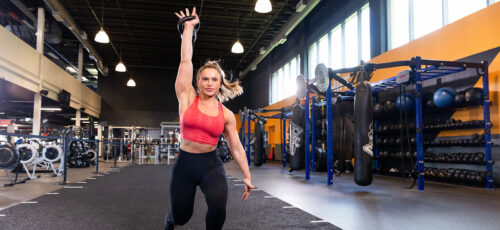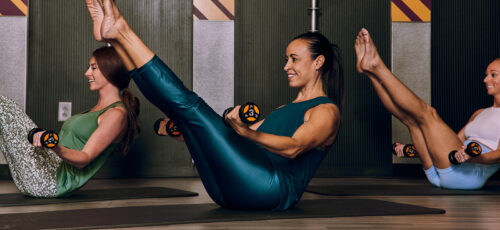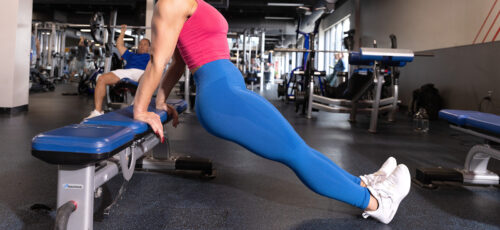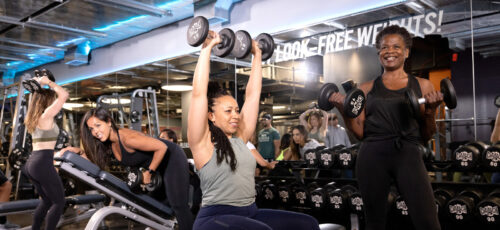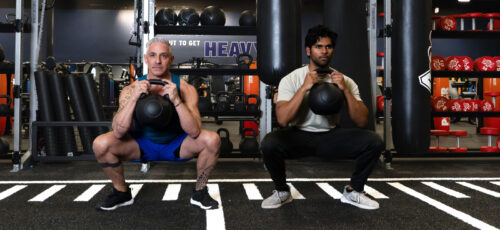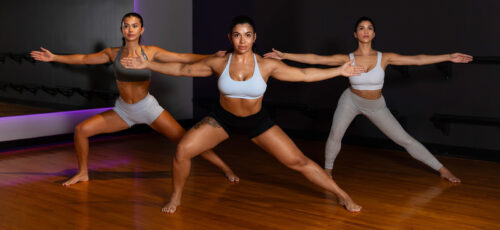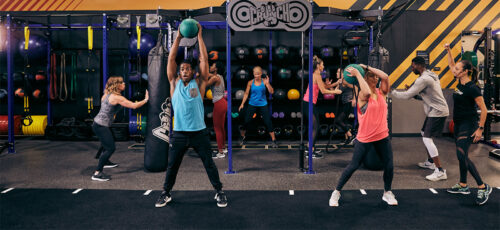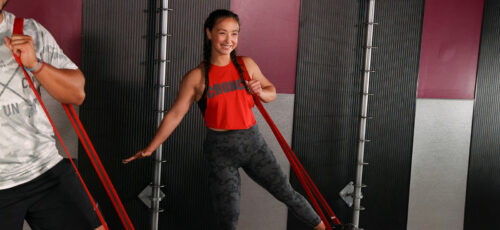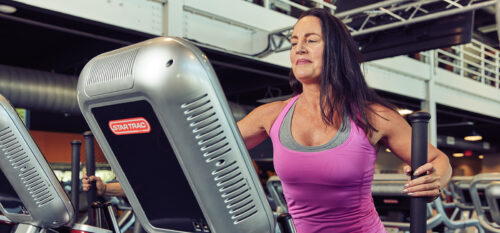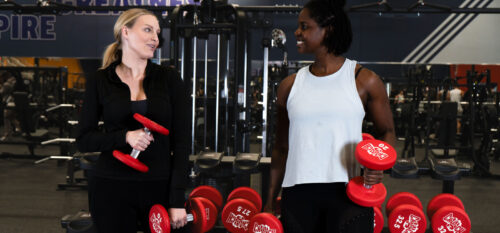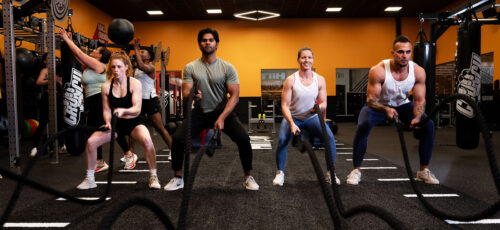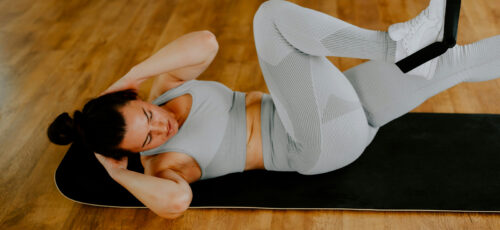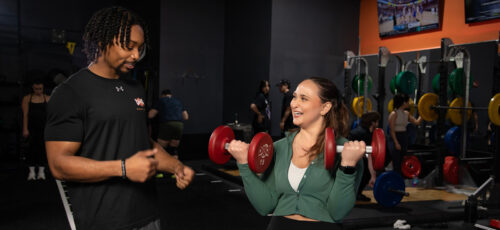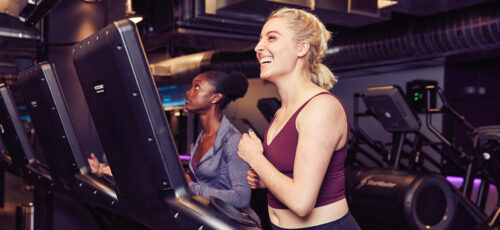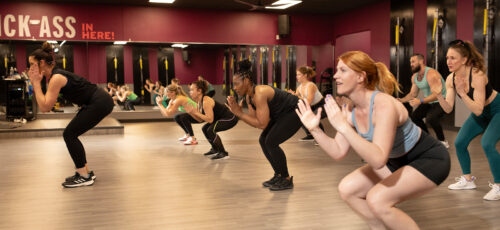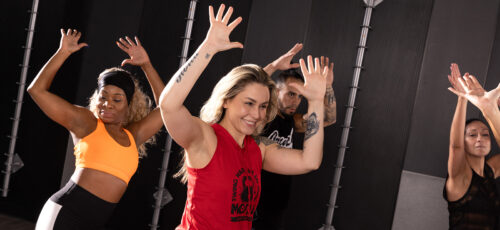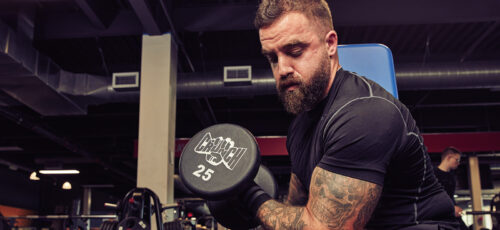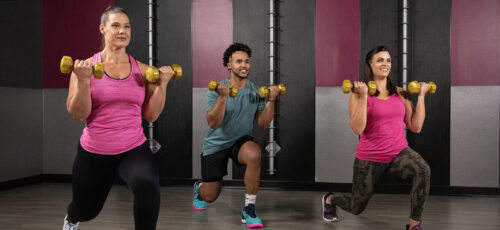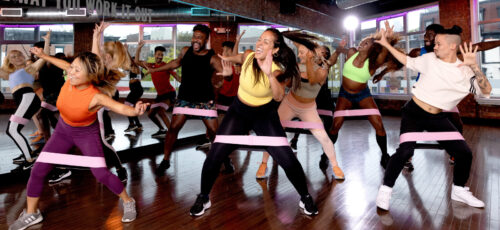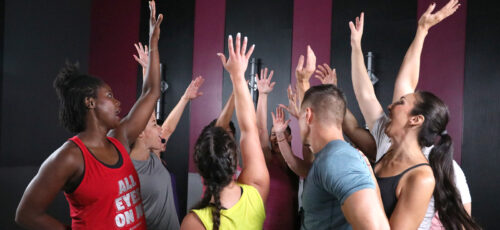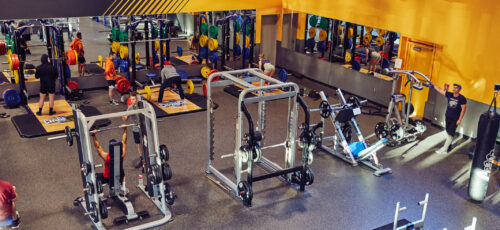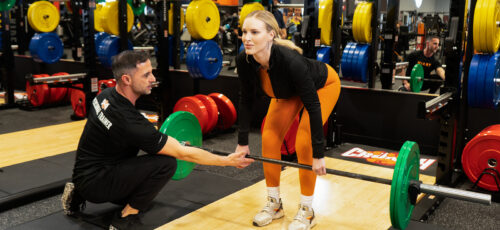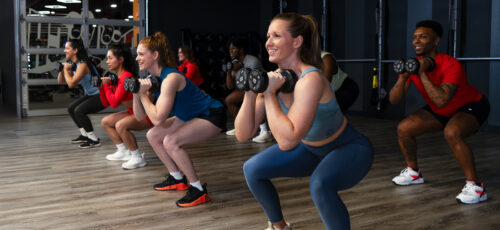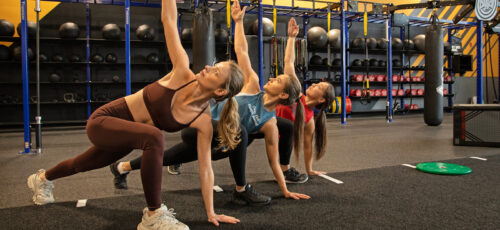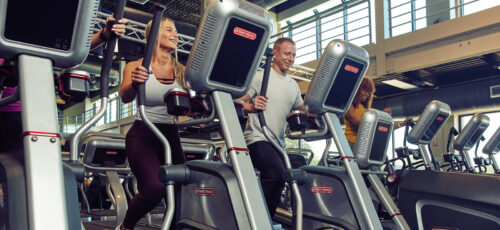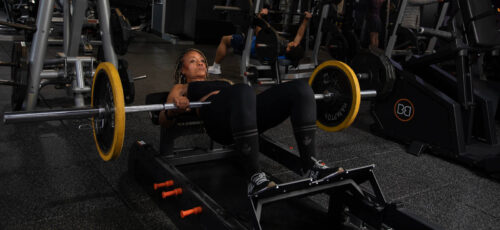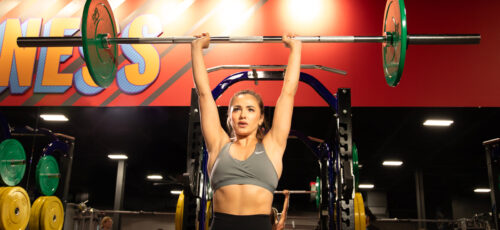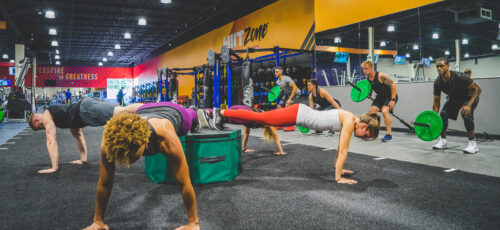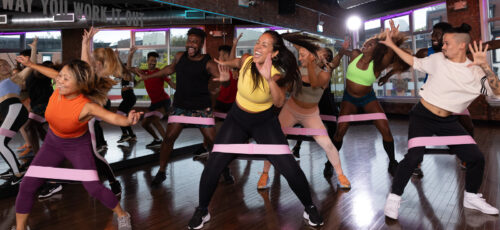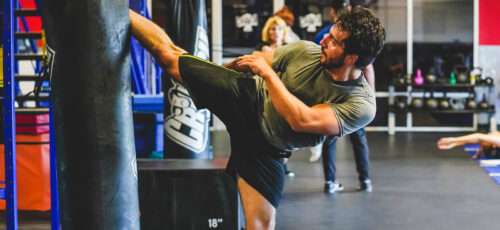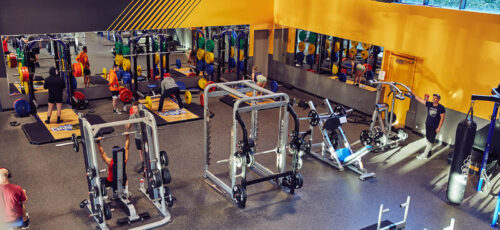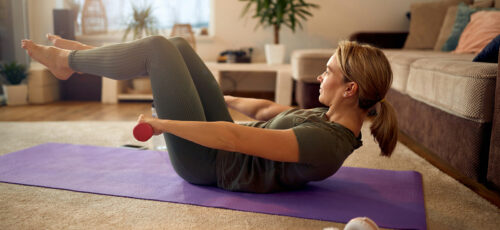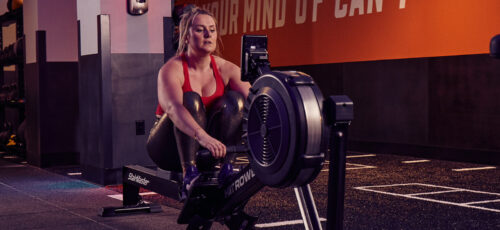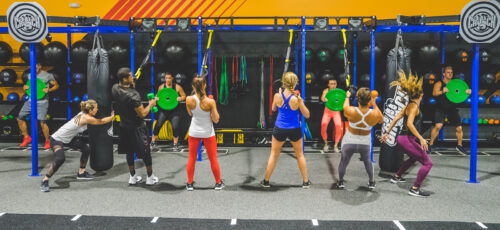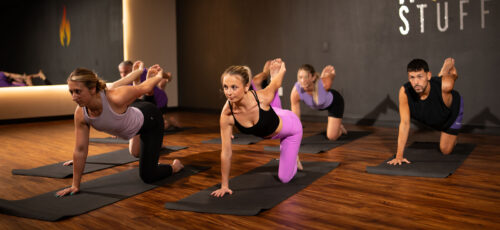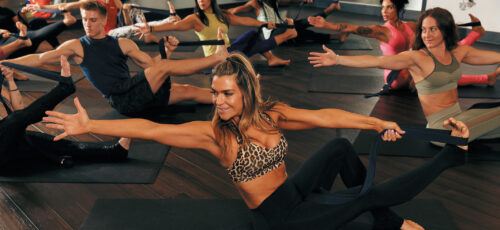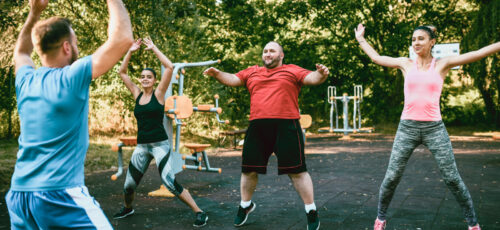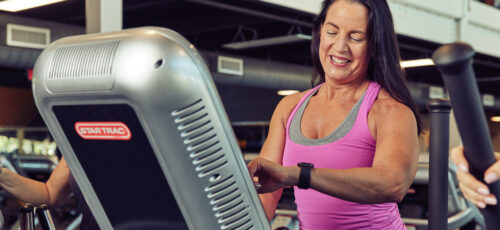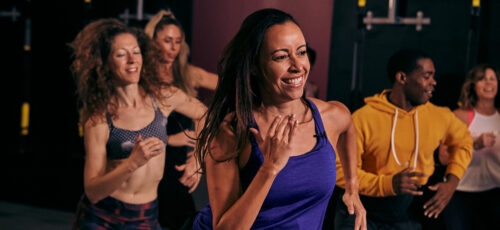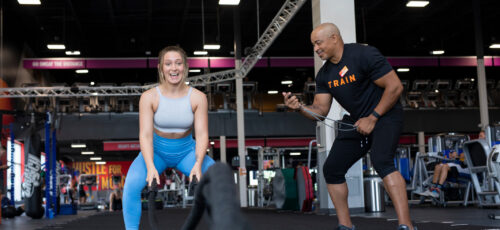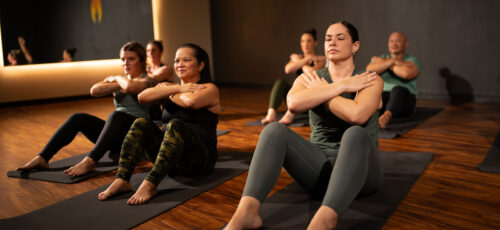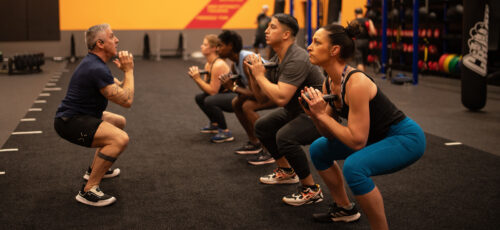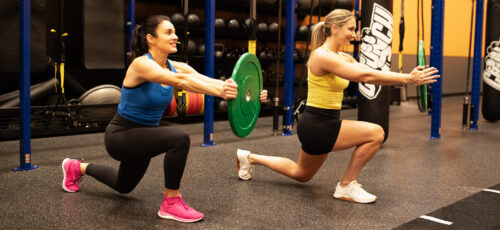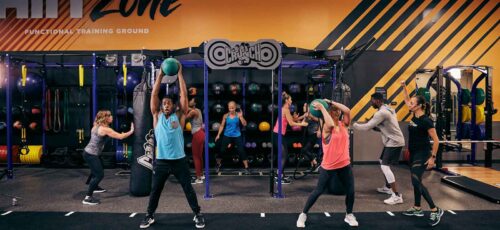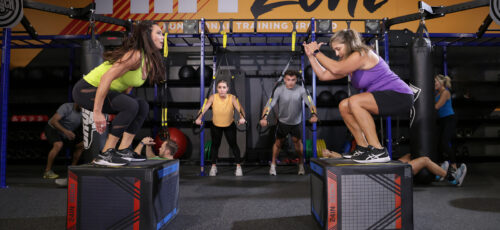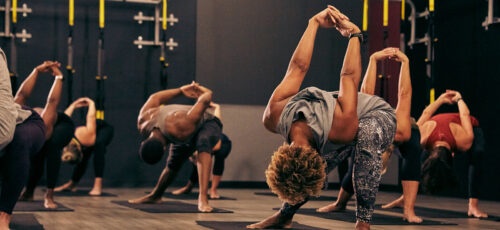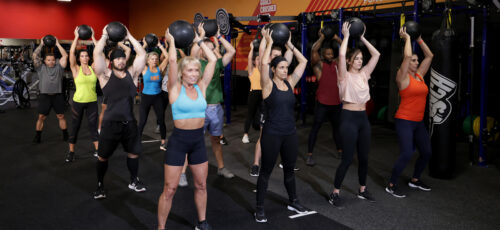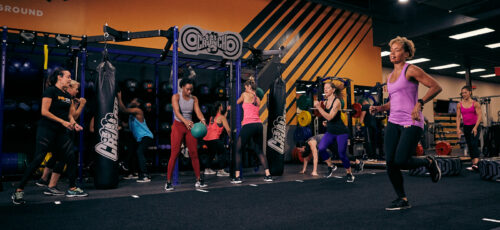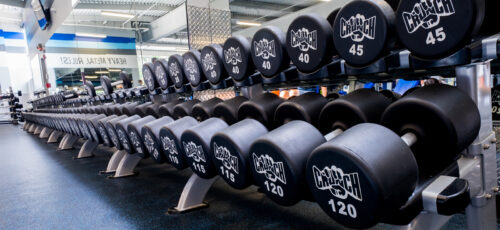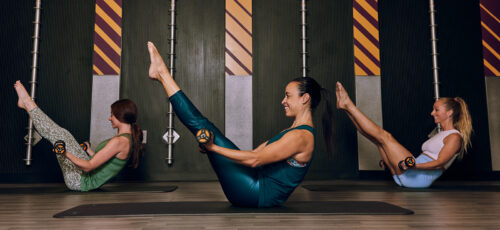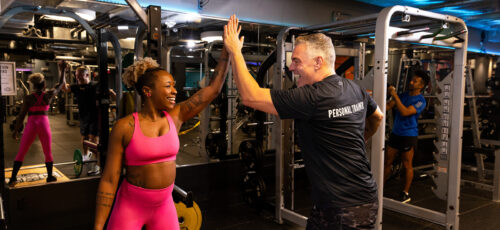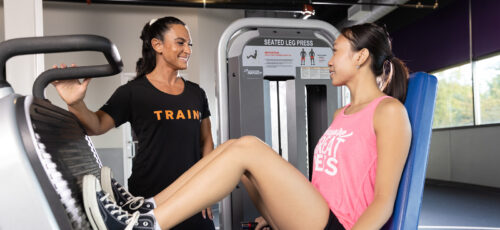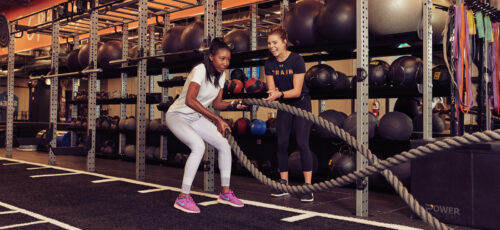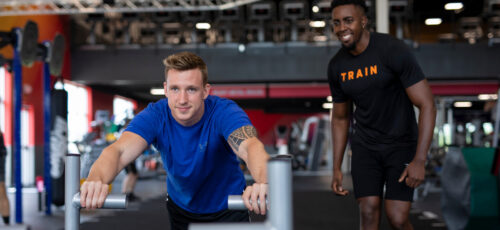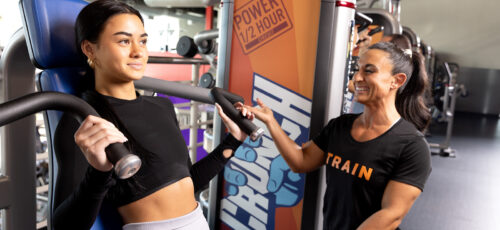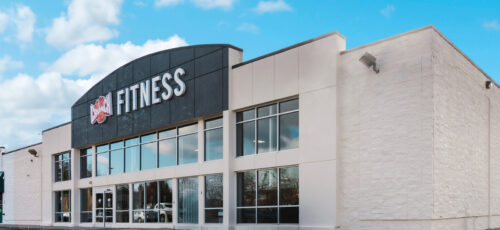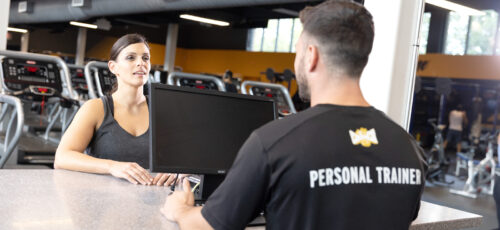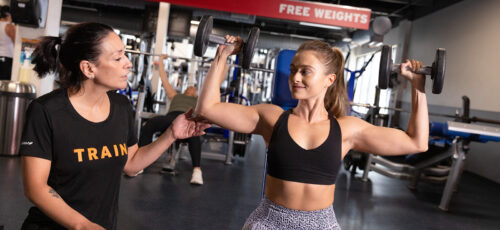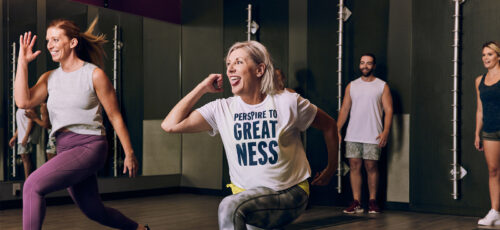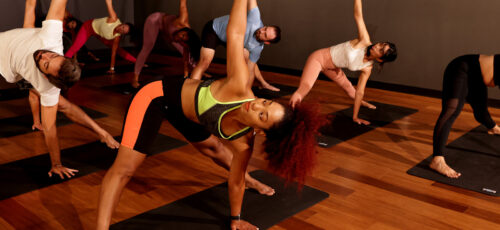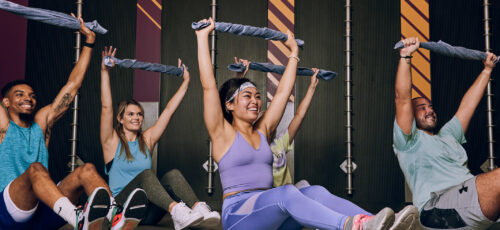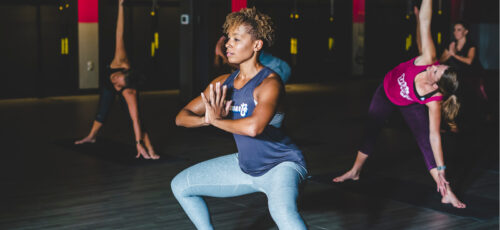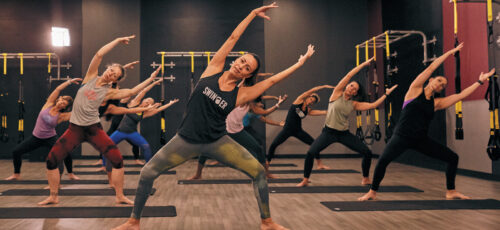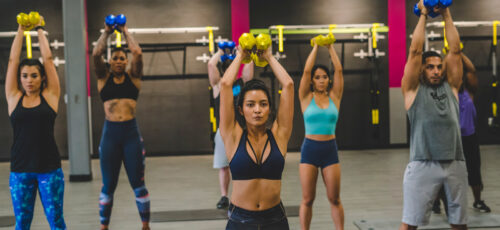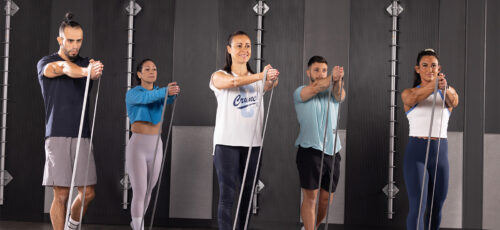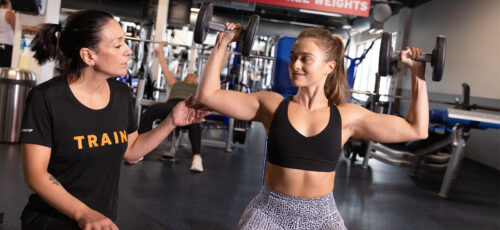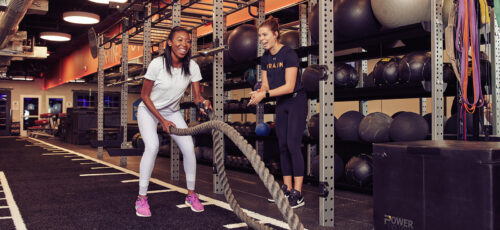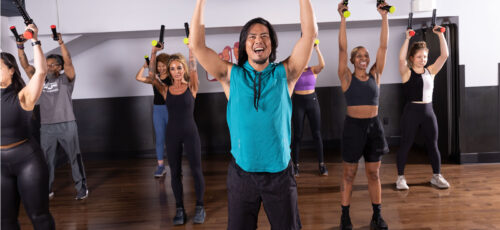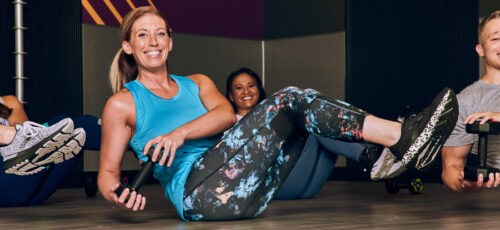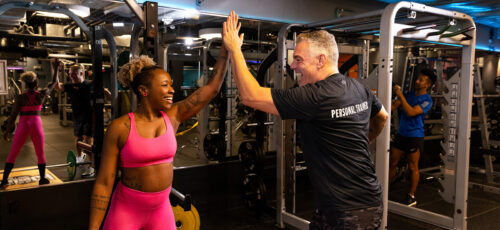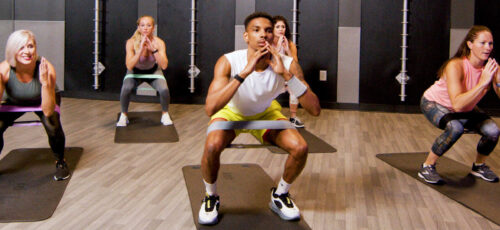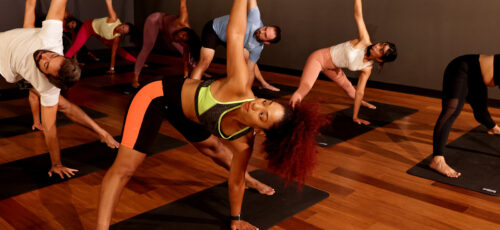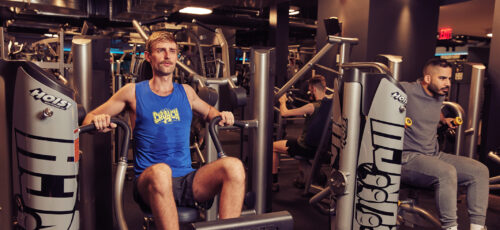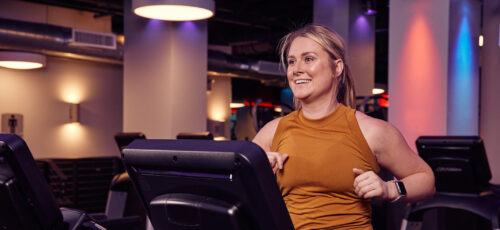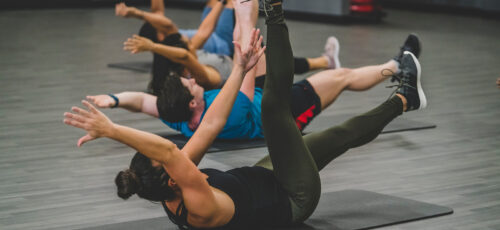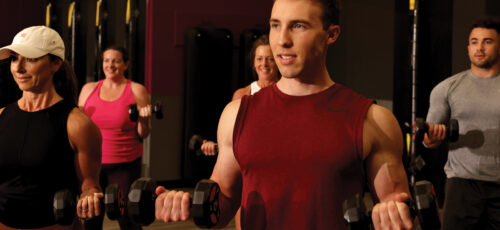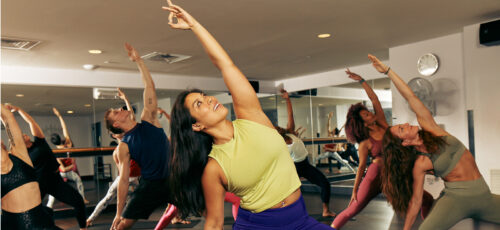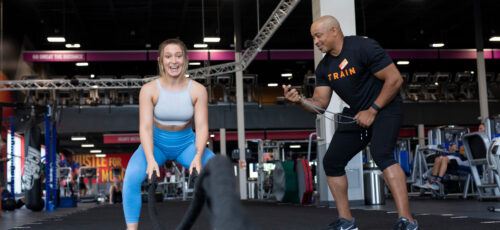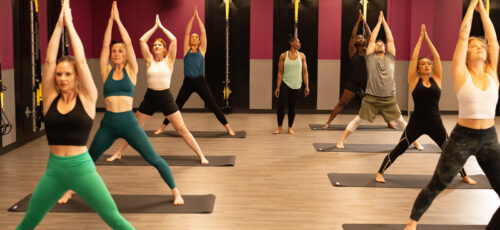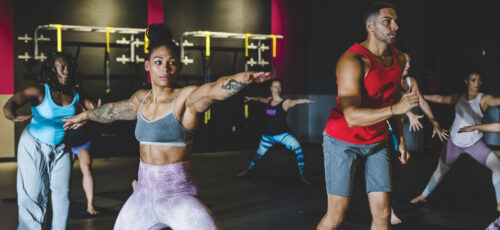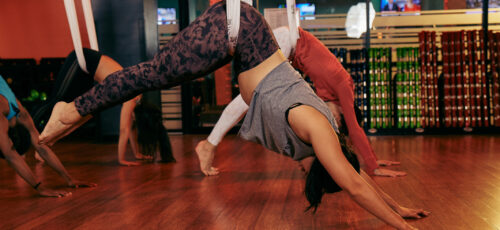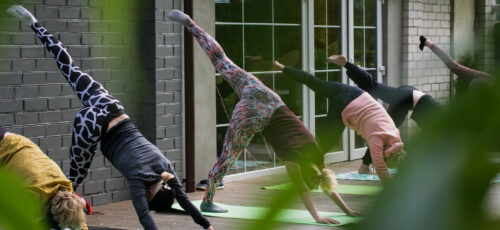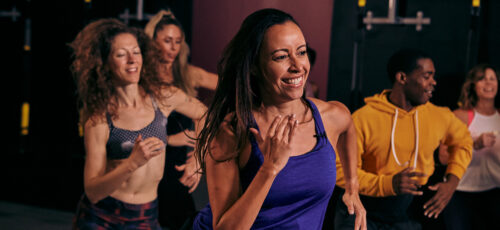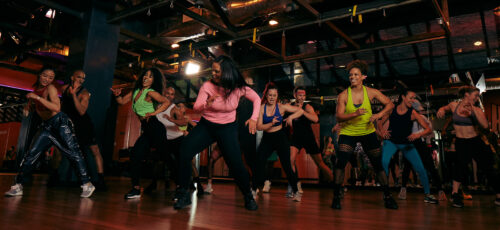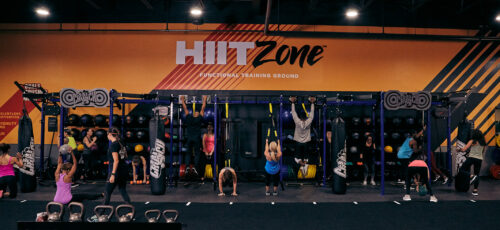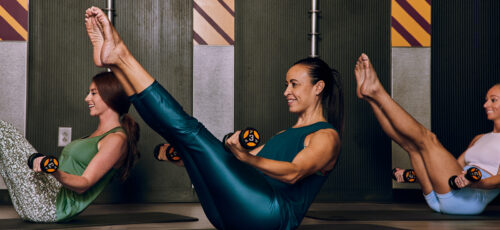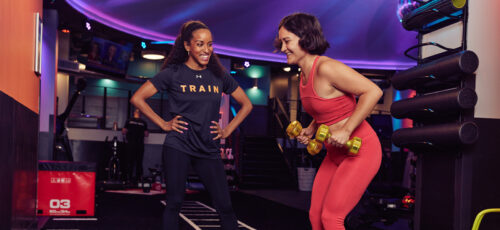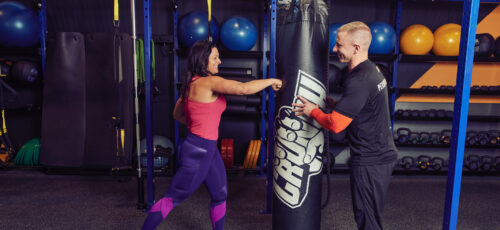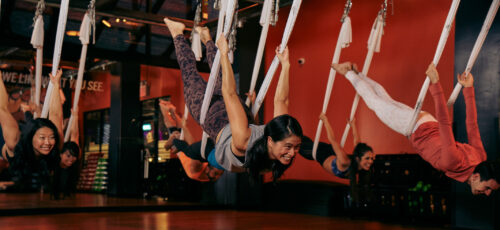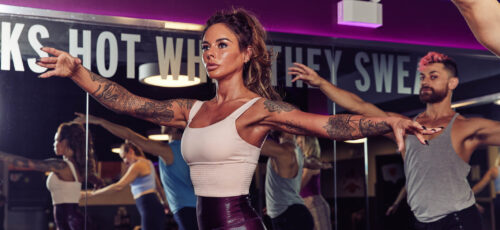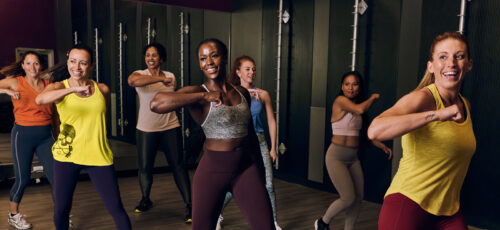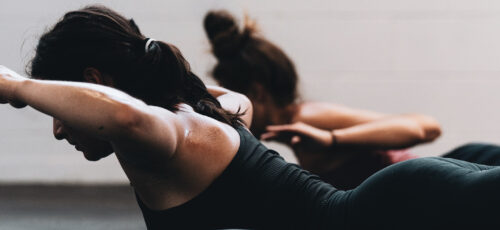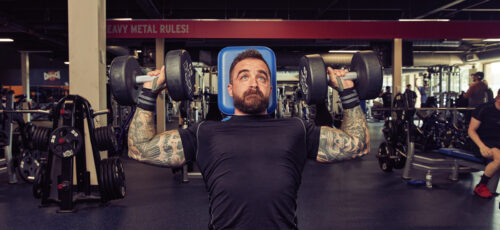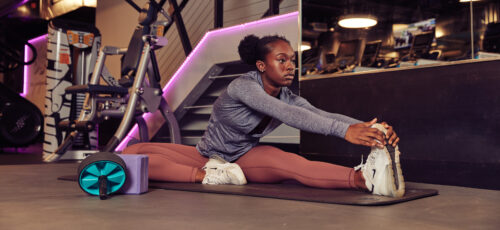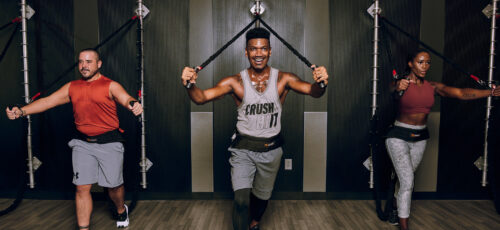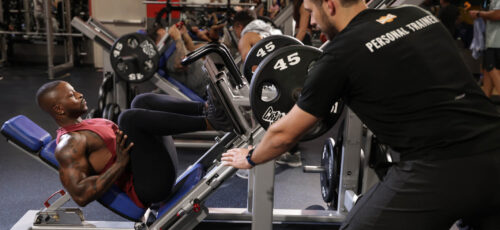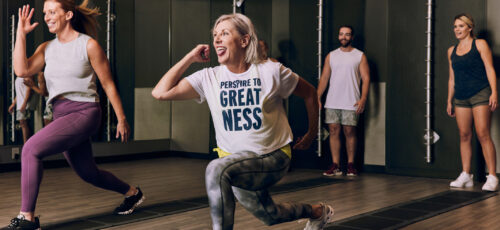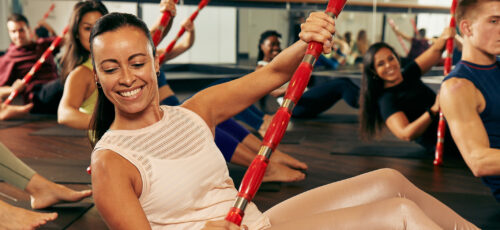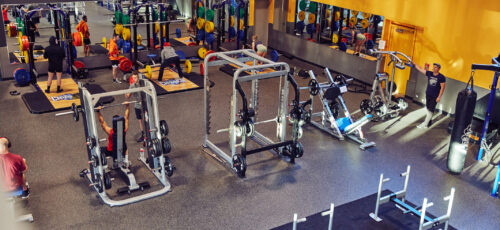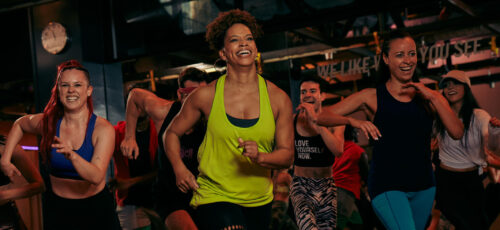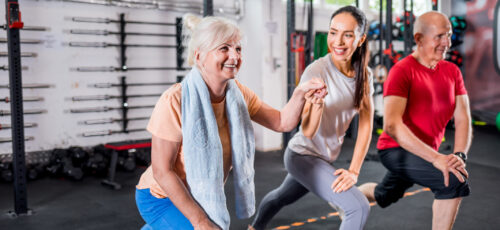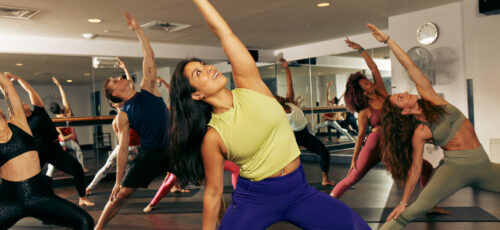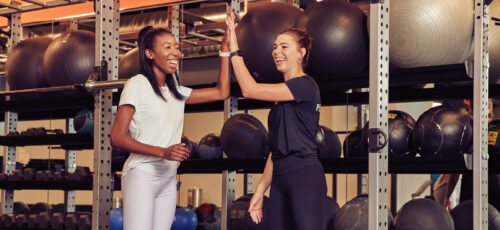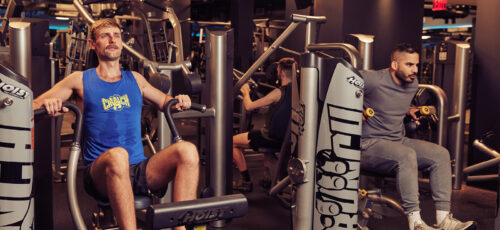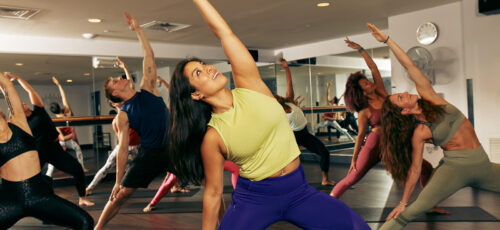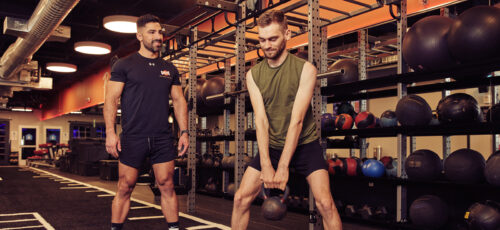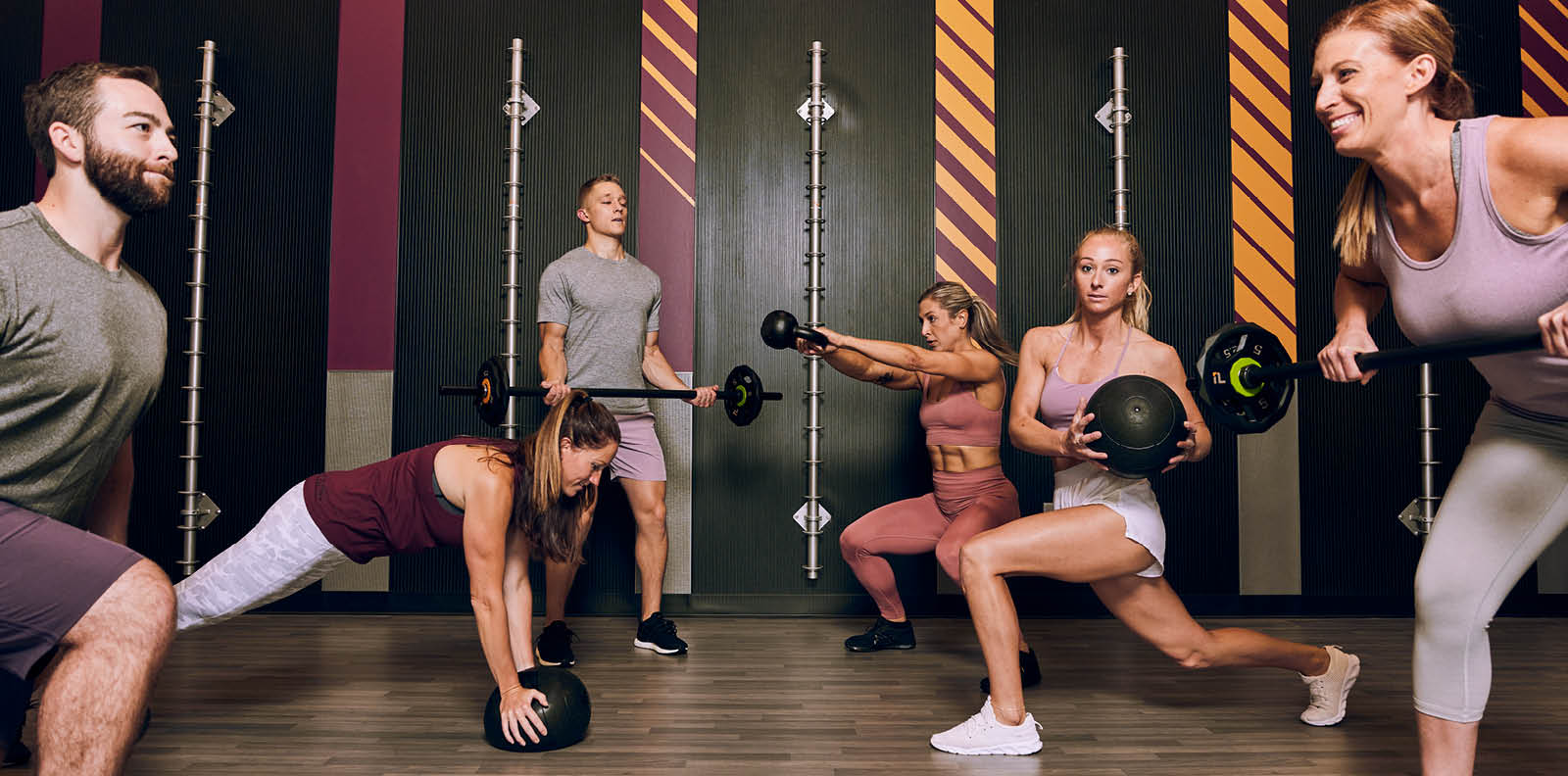
Have you ever wondered, “How long does it take to see results from a fitness class?” You’re not alone. Many of us step into our first class, hoping for changes we can see and feel.
While everyone’s journey is unique, some well-studied timelines and factors can give you a good idea of what to expect.
This article will examine why fitness classes are so effective, what impacts progress in losing weight and building strength, and how different goals may affect your timeline.
We’ll also explore the distinction between short-term wins, like feeling energized after a single class, and the longer-term changes, like noticeable muscle tone and weight loss, that come with consistency.
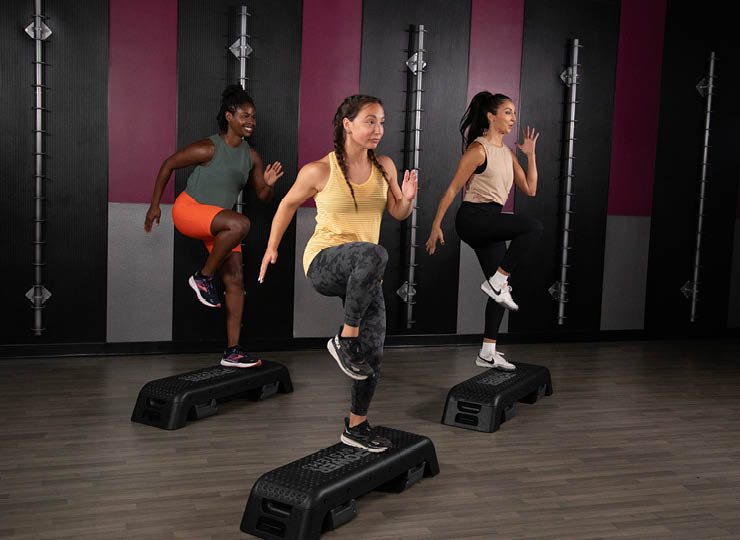
Fitness Classes: Importance
When it comes to reaching your fitness goals, keeping things interesting and structured can make all the difference — and that’s exactly where group fitness classes come in.
They bring an exciting energy that’s hard to match when working out alone, helping to shake up the routine and stay motivated. You might wonder, “Why should I add a group fitness class to my routine?“ The answer lies in the unique mix of motivation, expert guidance, and, yes, a stronger social life that group fitness brings to the table.
Whether you’re an experienced gym-goer or just starting, group exercise classes offer a range of benefits that can complement any fitness journey.
These classes keep you committed and provide structure and variety, which can improve fitness performance, build muscular strength and endurance, enhance flexibility, support weight loss, and boost mental health.
Research shows that working out with others can help you stick with your program. One study suggests that those who exercise in a group are more likely to continue long-term.
The impact of a knowledgeable group fitness instructor can’t be underestimated, either. Their expertise, combined with the camaraderie and encouragement of fellow participants, creates a supportive, motivating environment where you can truly push yourself and achieve goals you might not reach alone. Plus, group fitness classes offer a chance to connect with others, making each workout feel like something to look forward to.
Ultimately, group exercise classes aren’t just about physical results; they’re about making fitness a more enjoyable and sustainable part of your life.
Fitness Progress
The time required to observe results from a workout regimen can vary based on individual goals and fitness levels.
Scientific research indicates that new people who exercise often experience improvements in cardiovascular health and muscle tone within approximately 2 to 4 weeks. However, more significant fat loss typically requires consistent effort lasting 3 to 4 months.
While waiting for physical changes, you might notice other signs that you’re getting fitter, such as better sleep, an uplifted mood, and increased mental clarity. These are all indicators that your body is adapting positively to your routine!
Key Factors to Consider
Cardio and Muscle Gains
According to a 2018 study, some people can experience improvements in aerobic capacity and muscle development within just two to four weeks.
However, researchers highlighted that factors such as genetics, muscle fiber composition, and the quality of training play a significant role, especially if one is already well-conditioned. For those in better shape, noticeable gains may take around eight to 12 weeks.
Once you’ve been working out consistently for a few weeks, you’ll probably notice your cardio fitness improving. You might get less winded during activities and be able to push yourself harder than when you first started. Your VO2 max—your body’s ability to use oxygen—is getting better!
If you’re eager to see faster progress, the secret is to exercise regularly and gradually increase the intensity. A 2007 study showed that the more active you are, the better your cardio fitness becomes, especially if you’re starting or looking to get healthier.
Trying more challenging workout styles, like HIIT (high-intensity interval training), can also boost your fitness. A 2020 study found that HIIT was even more effective than moderate-intensity workouts for improving heart health, blood pressure, and overall fitness, particularly in older women. If you’re up for it, sprinkling in some HIIT sessions is a great way to speed up your results!
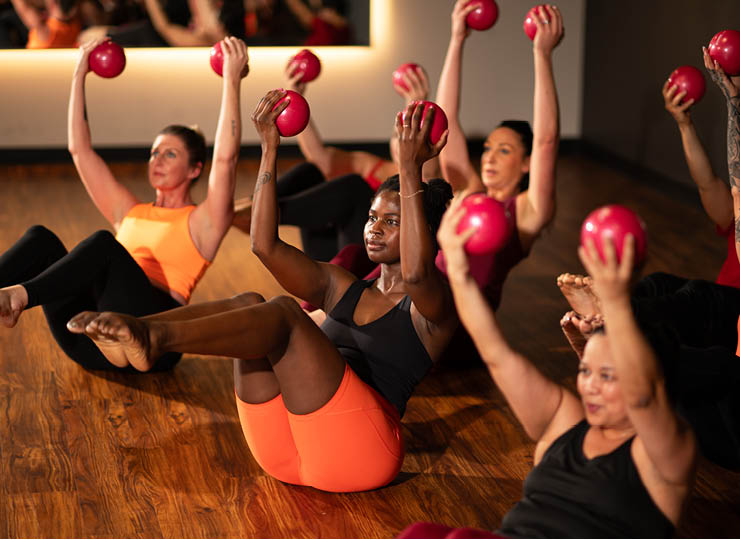
Weight Loss
The timeline for losing weight through exercise changes based on how frequently you workout and your dietary habits. To relieve some kilos, you need to burn more calories than you consume.
Studies indicate that exceeding the baseline recommendation of 150 minutes of exercise per week is crucial for weight loss. For example, a 2017 research revealed that seven to eight hours of endurance exercise weekly led to an average weight reduction of about 7% after four months among overweight participants.
Genes
Your genetics have something to do with it, but don’t let that stress you out. Every people’s body responds differently to exercise, and it’s not just about your own workout routine or efforts.
They influence how your body responds to exercise. Some lucky folks might build muscle super quick, while for others, it’s a bit of a journey.
But here’s the good news: your genes are just one part of your story. With hard work, a dash of dedication, and a smart fitness plan, you can make significant progress, no matter what your genes say.
A study from the Cambridge Centre for Sport & Exercise Sciences found that genes significantly influence how our bodies respond to exercise. They affect different aspects of your fitness journey, from muscle strength to heart health.
The study, involving 3,012 adults, revealed something amazing. Even when people did the same exercises for two to three more, everyone experienced different levels of improvement. It turns out, genetics are responsible for up to 72% of these differences.
Genetics also influence how your body responds to cardio and power exercises. But remember, genes aren’t the whole story.
Fitness Program
Factors like a well-designed fitness program, proper diet, nutrition, recovery, and injury management also play crucial roles in your progress.
Now, imagine a fitness plan tailored specifically to your genetic makeup. That’s not just a futuristic concept—it’s becoming a reality.
Researchers have identified specific genes and their variations, known as alleles, that influence how your body responds to cardio, muscle-building, and power-focused exercises. A program designed around your genetic profile could help you see results faster.
Shortly, gene testing might allow for creating highly personalized fitness plans that transform your body composition more efficiently. It’s no longer a one-size-fits-all approach. This customization could benefit everyone, from patients recovering in hospitals to elite athletes striving for peak performance.
While genes play a significant role in your fitness journey, they don’t determine the entire outcome. Your dedication and lifestyle choices still matter.
General Timeline Estimates
The endless question: How long does it take to see results? Well, everything comes for those who know how to wait. Patience is a gift. Nevertheless, here are some estimates from your starting point until you finally start noticing improvements and a notorious physical change in your fitness journey:
Beginners: 4-8 Weeks for Initial Changes in Strength and Endurance
For beginners, you can expect to see initial changes in strength and endurance within 4-8 weeks of consistent participation in fitness classes. These initial gains can be highly motivating, improving your physical strength and cardiovascular endurance and providing a solid foundation for future progress.
Weight Loss: 2-12 Weeks for Visible Changes Depending on Consistency and Intensity
If your primary goal is weight loss, visible changes may take 2-12 weeks to become apparent, depending on your consistent interval training and the intensity of your workouts. Achieving weight loss is not just about exercise; it also involves maintaining a balanced diet. The synergy between your nutrition and activities is vital to effective weight management.
Muscle Gain: 8-12 Weeks with the Proper Training and Nutrition
For those aiming to build muscle, it typically takes 8-12 weeks of proper training and nutrition to notice significant improvements. The bodily benefits are obvious: the energy levels over the top and the muscle growth are the results of working out constantly. All of these are influenced by factors like resistance training, adequate protein intake, and recovery.
Understanding the relationship between exercise, diet, and the time it takes to see results is crucial for achieving your desired fitness outcomes, which extend beyond the just physical activity realm to positively affect your mental health, energy levels, and overall well-being.
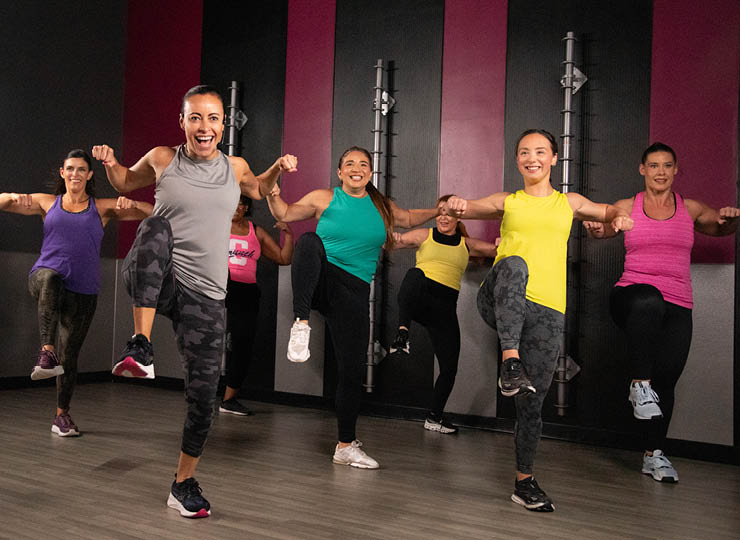
How to Safely Speed Up Your Fitness Progress
Want to see faster results safely and sustainably? Here are seven tips to help you get there:
1. Step Up Your Workout Intensity & Protein Intake
Boosting your workout’ intensity and protein intake can be a game-changer. A 2016 study in The American Journal of Clinical Nutrition found that combining high-intensity exercise with a protein-rich diet helps shed fat and build muscle, even while reducing calories. Increasing your protein intake to protect your muscle mass if you’re cutting calories.
2. Eat to Fuel Your Body
Everyone’s calorie needs are different. While eating fewer calories than you burn leads to weight loss, cutting too many can backfire and cause your body to hold onto fat. On the other hand, eating a bit more than you burn is great for building muscle.
Instead of getting caught up in counting calories, focus on eating nutritious, whole foods. Pay attention to your hunger signals and fill up on minimally processed options. This way, you’ll get more fiber, regulate insulin, and support your fat loss and muscle gain goals.
3. Prioritize Strength Training Over Steady Cardio
Regarding burning calories efficiently, strength training focusing on high-intensity intervals can often beat steady-state cardio. Research in the Journal of Strength and Conditioning Research shows that using a hydraulic resistance system (think cables and straps) can be especially effective. Unlike traditional weightlifting, these systems help you target specific muscles and burn more calories. So, mix in some strength training to maximize your results!
4. Don’t Forget Recovery
Rest days are crucial! Over-training can wear out your muscles and increase your risk of injury. Aim for at least one full rest day each week and avoid hitting the same muscle group too hard within three days.
5. Mix Up Your Routine Every 6-12 Weeks
Doing the same workout day in and day out can get boring and limit your progress. Switching up your routine every few months keeps things fresh and challenges different muscles. For example, dedicate one day to arms, another to shoulders, and then switch to core or legs. This way, you’ll stay motivated and prevent plateaus.
6. Explore Fitness Apps
Fitness apps can be a great way to keep your workouts interesting and accessible. Many apps guide you through different routines, whether you’re into cardio or strength training. Try a few to see what you enjoy—many even have indoor and outdoor workout options. The best part? You can follow your fitness routine wherever you go!
7. Join a Workout Community
Getting involved in a fitness community or working out with a friend can make a big difference in your motivation. Exercising with others not only makes it more enjoyable but also keeps you accountable, especially on those days when you’re tempted to skip a workout. A strong support network can help you stay consistent and make your fitness journey more fun!
Setting Short-Term and Long-Term Fitness Goals
The key to making progress in your fitness journey lies in striking a harmonious balance between setting short-term and long-term goals. Short-term objectives deliver immediate rewards and an instant boost in well-being.
Participating in fitness classes can lead to a rapid surge and mood boost in energy levels, helping you see results in how you feel both physically and mentally. These tangible and instant physical benefits can often be attributed to the release of endorphins, the “feel-good” hormones that not only enhance your mood but also contribute to better mental health by reducing stress and anxiety.
These short-term improvements, such as increased energy levels and an improved mood, play a crucial role in motivating many people to stay committed to their fitness regimen.
As you move more calories and experience these quick wins, you may find that they not only invigorate your body but also foster a positive impact on your mental well-being.
On the other hand, long-term goals aim for more profound and enduring changes. These objectives can encompass significant shifts in body composition, including losing weight, losing fat, building muscle mass, and enhancing endurance and strength.
Realizing these long-term fitness improvements requires unwavering dedication and patience. Fitness classes, however, offer the structure and guidance you need to persist on this journey.
Over time, with sustained commitment and the support of fitness classes, you can witness remarkable transformations in your physique and overall fitness.
Achieving these long-term objectives by exercising regularly not only yields physical benefits but also contributes to your mental health, creating a holistic sense of well-being.
Your path to cardiovascular health and fitness success depends on adopting a goal-setting approach. Short-term goals provide immediate gratification, improving energy levels and mental health, while long-term goals set the stage for enduring transformations in your physical well-being and overall health.
The combination of both short and long-term objectives, reinforced by consistent participation in fitness classes, ensures you not only look and feel like your best self but also enjoy a lasting improvement in your mental and physical health.
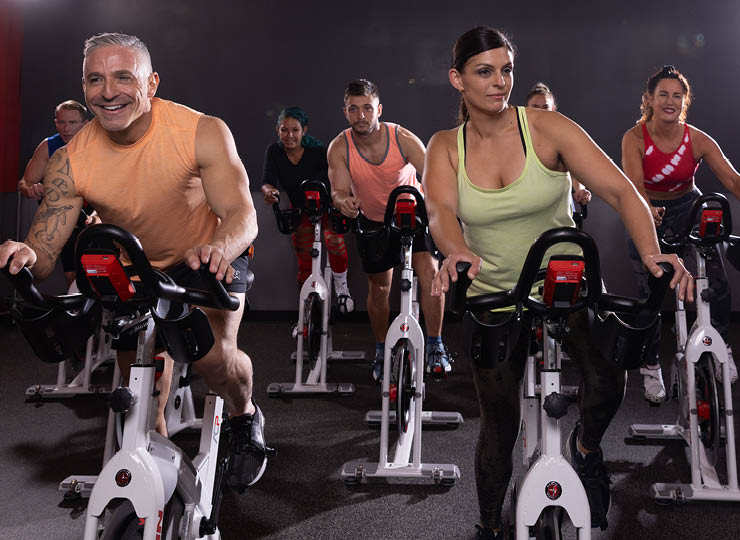
The Importance of Tracking Progress
Progress doesn’t happen overnight. Seeing results takes time and commitment. The best way to stick to your fitness goals is to track your progress. Tracking your progress increases the likelihood that you’ll reach your goal and encourages you to spend your time efficiently, it will make you want to keep moving, make you want to do more reps than last time, and help you break the cycle of starting and stopping.
Explore these 4 ways to measure fitness progress:
1. Keep A Fitness Journal
One of the simplest ways to track your progress is to keep a fitness journal. Logging your workouts and meals doesn’t have to be complicated. You can use a notebook, digital notes, or an Excel spreadsheet. Write down the exercises, sets, reps, and the weight used for strength exercises. Additionally, track how you feel after each workout to monitor your progress and ensure that you stay motivated.
2. Snap Workout Progress Pictures
Take progress pictures regularly to visualize your transformation. Ensure consistency by capturing images from the same angles, in similar lighting, and at the same time of day. Avoid comparing photos taken just a a few weeks or days apart; instead, focus on pictures that are four to six weeks apart to notice substantial changes.
3. Feel How Your Clothes Fit
Use your clothing as a tangible indicator of progress. Pay attention to how your clothes fit – do they feel looser or more comfortable? To accurately measure progress, select the same piece of clothing and assess your fit once a month.
4. Take Measurements
Measuring your body, rather than relying solely on the scale, provides a more accurate representation of progress. Using a tape measure, record the size of various body parts like your neck, shoulders, chest, biceps, waist, hips, and thighs. Consistency is key, so measure at the same time of day and under similar conditions.
Importance of Consistency
Consistency is the backbone of progress in fitness classes. Regular attendance ensures that you reap the full benefits of the workouts and steadily improve your fitness level. Attending classes as scheduled per week allows you to progressively challenge your body and maintain the high intensity and momentum required for significant progress.
On the flip side, an inconsistent workout schedule can hinder your progress. Your body adapts to the stress and stimuli provided by fitness classes, so skipping sessions can disrupt your momentum and slow down your advancement. Consistency is the key however long it takes to achieving your fitness goals efficiently and effectively.
Benefits of Physical Activities
1.Clearer Thinking
Exercise is vital to maintaining brain health and may help prevent neurological disorders. Studies have shown that physical activity triggers structural and chemical changes in the brain, including increased gray matter volume. Gray matter is the part of the brain responsible for managing emotions, memory, and motor functions.
Exercise also boosts blood flow to the brain and enhances glucose absorption, providing more energy for improved cognitive function. Since glucose is the brain’s primary fuel source, this influx of energy can sharpen focus, enhance memory, and potentially slow cognitive decline as you age.
2.Better Sleep
Engaging in regular exercise can significantly improve sleep quality. Although research varies on the best type and timing of exercise, a 2017 review revealed that activities ranging from cardio and resistance training to tai chi and yoga effectively enhance sleep quality.
To optimize your rest, consider using a sleep tracker to monitor how quickly you fall asleep and the duration of REM sleep—the deepest sleep stage that leaves you feeling refreshed. However, try not to exercise within three hours of bedtime, as this might disrupt your sleep.
3.Increased Strength
Cardiovascular exercises are excellent for strengthening your heart and lungs. Tracking metrics like resting heart rate (RHR) and heart rate recovery (HRR) can help gauge your progress.
A normal RHR ranges between 60 to 100 beats per minute. Meanwhile, HRR is the difference between your peak heart rate during exercise and your heart rate after cooling down.
Those with better cardiovascular fitness tend to have lower heart rates during workouts and recover faster post-exercise. As your heart grows stronger, it pumps more blood per beat, allowing it to work less strenuously.
4.Changes in How Your Clothes Fit
As your fitness improves, you may notice changes in your body composition due to fat loss and muscle gain. Rather than focusing on the scale, pay attention to how your clothes fit since sizes can differ between brands.
You might find that certain areas, like your waist, become looser, indicating a reduction in abdominal fat. This is significant, as excess belly fat is associated with higher health risks.
A 2020 study found that exercise helps decrease abdominal fat and waist circumference, especially when the intensity or duration of the workout is increased.
5.Boosted Mood
Regular exercise can have powerful effects on mental well-being. A 2021 review found that physical activity reduces the risk of anxiety and depression. For example, people with low to moderate fitness levels were found to have a 47% and 23% higher risk of experiencing mental health issues compared to those with higher fitness levels.
The mental health benefits of exercise were shown to be dose-dependent, meaning the more you engage in activities like cardio or strength training, the greater the positive impact on your mood.
Reach Your Fitness Goals With Crunch
Understanding the typical timeline for progress can help set realistic expectations and keep you motivated. Crunch promotes a culture of positivity, inclusivity, and fun with no judgments by providing an environment for all individuals regardless of their health and fitness goals. Find a Crunch gym near you to try our free trial membership, or join Crunch now. We’re here for you – at the gym or at home. Access the best live & on-demand workouts anytime, anywhere with Crunch+. Ready to get sweaty? Try hundreds of workouts for free! Start your free trial now!









